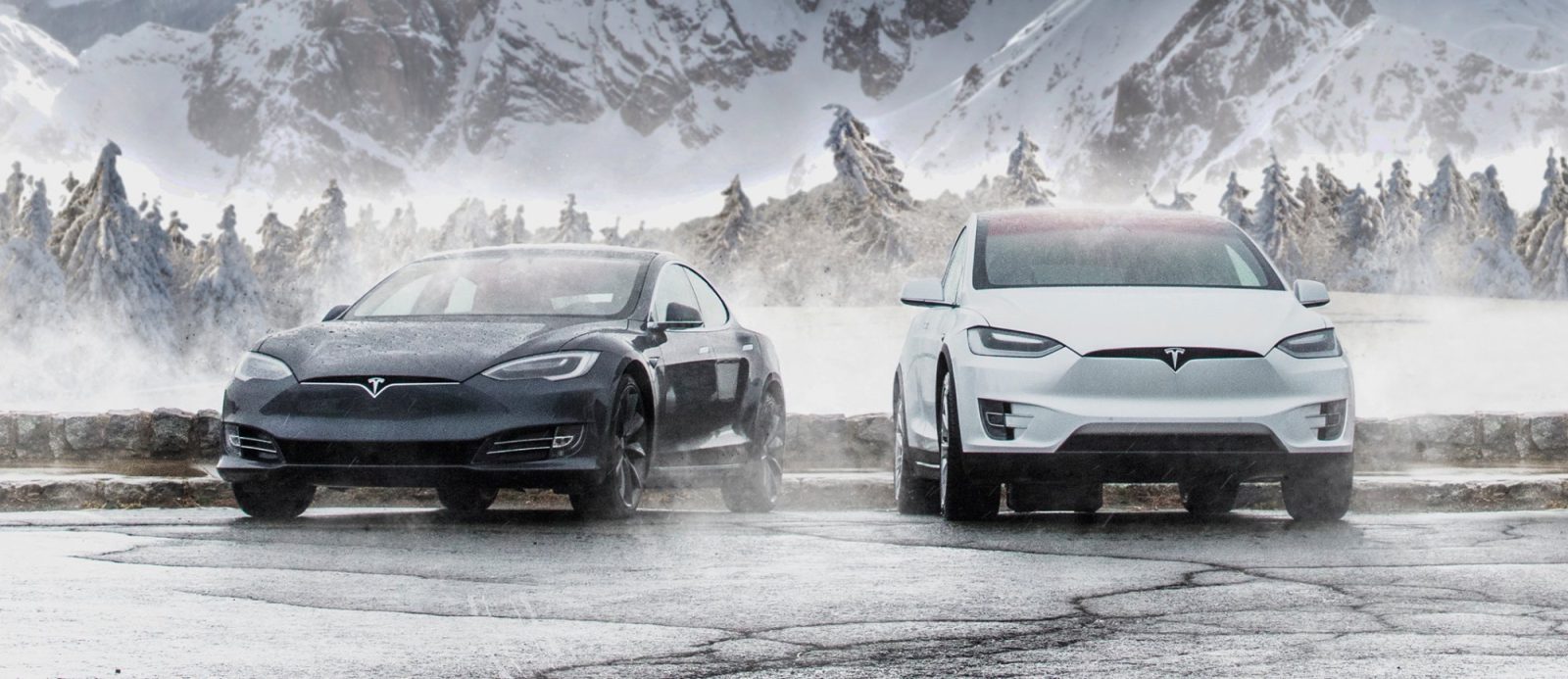
In the past, Tesla owners have reported higher insurance costs due to insurers having the wrong trim level in their policies.
A similar issue is now arising as insurers are bundling up insurance data for all Tesla Model S vehicles into one category and comparing it to vehicles in other categories.
Throughout its time in production since 2012, the Tesla Model S has been offered in a surprisingly wide range of configurations. From a range of family sedans with the 40 kWh to 85 kWh battery pack options and to supercar-type of performance cars with the P85D, P90D, and the P100D options.
While they look the same, a Model S 40 is an extremely different car than a Model S P100D – and justifiably so since once used to cost $50,000 and the other now costs $120,000.
That’s where the original problem with insurers arose since they weren’t differentiating the trims properly and charged P90D premiums for a Model S 85 for example.
Now a different but similar issue comes to light. Automotive News reports:
“AAA is raising rates on Tesla vehicles based on data showing that the Model S and Model X had abnormally high claim frequencies and high costs of insurance claims compared with other cars in the same classes.”
They based the change on a report from the Highway Loss Data Institute, which an insurance industry research arm:
“The Highway Loss Data Institute report covered the 2014-16 model years. Vehicles are divided into classes based on size, weight and competing models. The frequency and severity of claims are compared with overall average claims of passenger vehicles and the average claims of the vehicle’s class. In evaluating Tesla vehicles within their categories and to the overall population of vehicles, the report found the amount and cost of claims to be much higher than average.”
Tesla responded to the report. Here’s a statement a Tesla spokesperson sent to Electrek:
“This analysis is severely flawed and is not reflective of reality. Among other things, it compares Model S and X to cars that are not remotely peers, including even a Volvo station wagon. Model S has the fastest 0 to 60 mph time of any production car ever tested by Motor Trend, and Model X has by far the best acceleration of any SUV. Obviously, it is false and misleading to compare them to a station wagon without explaining this discrepancy.
As part of the Insure My Tesla program, Tesla is working with leading insurers resulting in lower prices for Tesla insurance, not higher. These leading insurers also appreciate the added safety benefit of Autopilot, which NHTSA found to reduce accident rates by 40%.
Model S continues to own the record for the lowest likelihood of injury for any car ever tested by NHTSA, and we expect Model X to receive the best score for any SUV ever tested.”
Basically, there are a lot of performance vehicles with supercar-like acceleration within the Tesla fleet and Tesla feels that comparing those a Volvo and a Mercedes E-Class is not going to properly represent them and shouldn’t impact all their owners with higher premiums.
As previously reported, Tesla has also launched its own insurance products with established insurers in order to have more control over the coverage and the impact of its technology, including Autopilot and autonomous driving.
Furthermore, we also recently reported that Tesla is also rethinking its body shop program in order to reduce cost and wait time. Those Tesla-approved shops perform most of the repairs for insurance claims and they are therefore a factor in this issue.
FTC: We use income earning auto affiliate links. More.






Comments